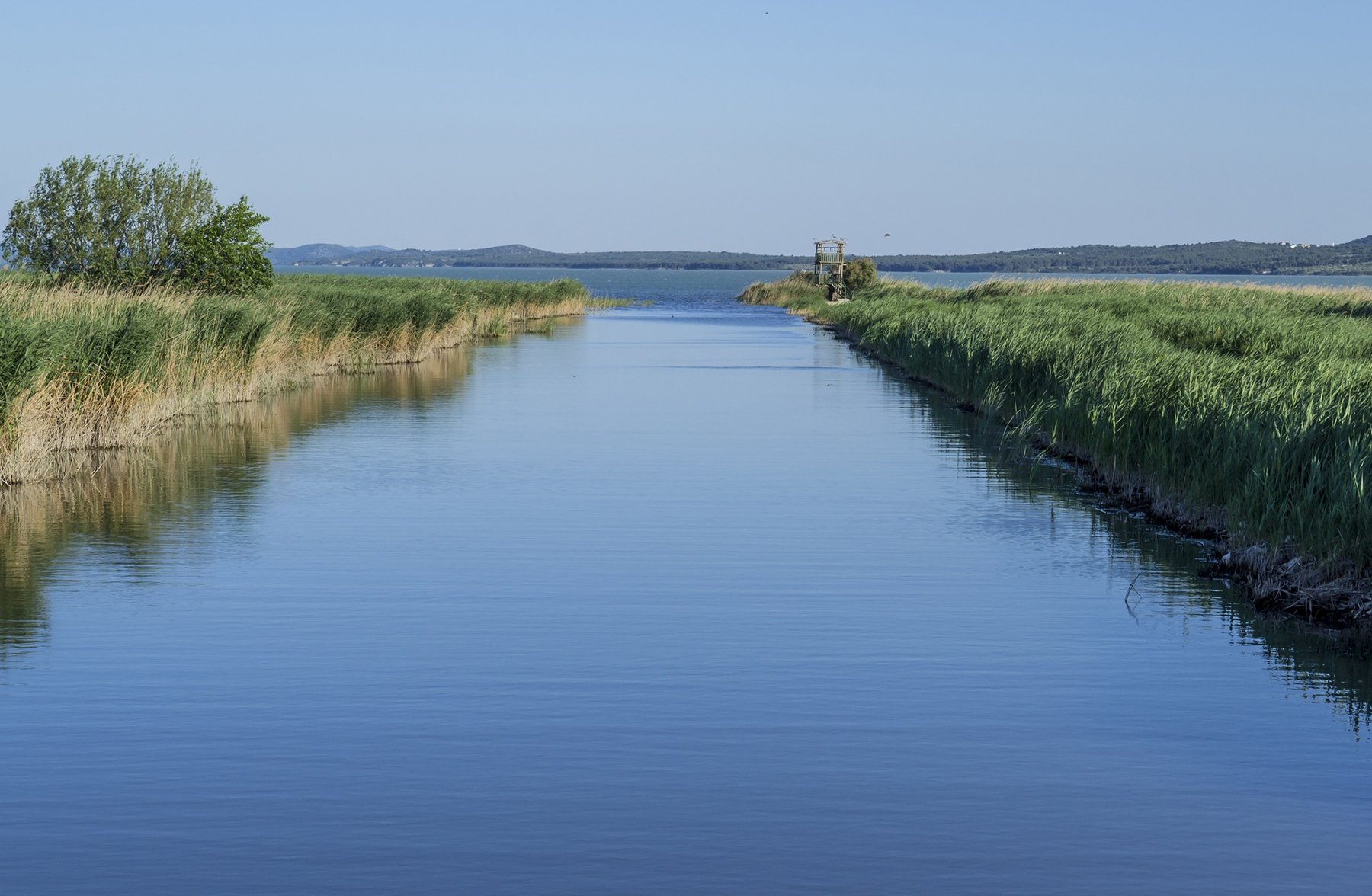
HRIS and Watersheds
At any given time, there are active or future forest and other natural resources impacting a watershed. Furthermore, a watershed is experiencing continual change caused by biotic and abiotic factors. Access to accurate and scalable forest and natural resource inventory data is critical to monitor, assess, plan and actively manage the watershed in a sustainable manner.
Here's how our High Resolution Inventory Solutions (HRIS ) can help:
1. Understanding Forest Composition and Health
An HRIS forest inventory identifies tree species, density, age and health. Healthy, diverse forests are more effective at regulating water flow, reducing erosion and maintaining soil quality.
Changing climate conditions and more extreme weather (intensity, duration and frequency of events) are increasingly resulting in extreme variations of historical norms for watershed and ecological areas. For example, some tree species are increasingly under stress (drought, heat, etc) and are not surviving.
Understanding the pace of change, specific location where change has occurred, and the biotic and abiotic nature of that change is critical to watershed health.
2. Enhancing Water Quality
Healthy forests act as natural filters, trapping pollutants and sediments before they reach streams or rivers. HRIS can help to identify specific sites and areas where vegetation/tree health is poor and/or where mortality has occurred. This enables managers to prioritize spatially-explicit customised management treatments to recover and maintain healthy ecosystems, and reduce sediment runoff into water bodies.
3. Controlling Erosion
HRIS forest inventories can reveal areas at high risk of soil erosion. These areas can then be stabilized through targeted planting of trees or shrubs, improving soil retention and reducing sedimentation in waterways.
4. Planning Sustainable Forest Management
HRIS inventories provide baseline data for sustainable logging, ensuring that tree removal does not harm watershed functionality. These accurate and scalable inventories help in maintaining a balance between economic use and ecological stability.
5. Improving Water Flow Regulation
Forests regulate the flow of water through processes like interception, evapotranspiration and groundwater recharge. HRIS inventory data helps identify areas that can be enhanced to improve water infiltration and storage.
6. Mitigating Flood and Drought Risks
A well-managed forest based on HRIS inventory data can reduce peak runoff during heavy rains, decreasing flood risks. Similarly, forests can store and release water gradually, helping maintain stream flows during dry periods.
7. Biodiversity Conservation
Healthy forests support diverse plant and animal life, which contributes to ecosystem resilience. Biodiversity can improve watershed functions by stabilizing ecosystems and enhancing their ability to adapt to environmental changes.
8. Monitoring and Adaptive Management
Periodic HRIS forest and landscape inventories (in combination with continual change detection monitoring of the forest conditions) provide the critical data, feedback, information and learning experiences for land, water and natural resource managers to design adaptive management strategies to achieve desired outcomes.
9. Community and Policy Engagement
Data from an HRIS inventory can be used to engage diverse communities of interest and policymakers in conservation efforts. An accurate and timely inventory can highlight the beneficial contributions of a healthy watershed (including ecosystem, economic, social and cultural benefits and services).
10. Increased Statistical Accuracy
HRIS inventory data attributes are “substantially more accurate” over diverse forest ecosystems and landscape conditions, as compared to conventional inventory approaches. This means land and resource managers can place greater confidence in the inventory data and its acceptance for use in the development of sustainable watershed planning and decision-making.
By providing a detailed understanding of the forest ecosystem, an HRIS forest inventory empowers stakeholders to make informed decisions that improve the overall health and functionality of the watershed.
